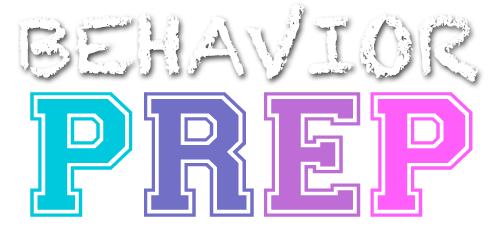.I4 Select supervision goals based on an assessment of the supervisee’s skills, cultural variables, and the environment
Selecting effective supervision goals involves assessing the supervisee’s current skill set, cultural background, and the environmental context in which they work. This ensures that goals are meaningful, achievable, and relevant, fostering professional growth and improving the quality of service delivery. Supervision goals should be individualized to align with the supervisee’s unique needs and the demands of their practice environment.
Assess the Supervisee’s Skills
- Evaluate the supervisee’s strengths and areas for improvement using direct observation, performance reviews, self-assessments, and competency checklists.
- Identify both foundational skills (e.g., data collection, behavior intervention implementation) and advanced skills (e.g., functional behavior assessment, treatment plan design).
Example: A BCBA uses a checklist to assess an RBT’s ability to implement prompting procedures and identifies inconsistent use of least-to-most prompting.
Consider Cultural Variables
- Take into account the supervisee’s cultural background, values, and communication styles.
- Respect and integrate these factors into the supervision process to ensure culturally responsive practices..
Example: A supervisee from a culture that values collective decision-making may benefit from group training sessions rather than individual sessions.
Analyze the Environment
- Assess the environmental factors that influence the supervisee’s performance, including workplace demands, access to resources, and the supervisor-supervisee ratio.
- Address barriers and provide necessary supports to optimize learning..
Example: A supervisee in a fast-paced clinic setting may require goals focused on increasing efficiency in data collection and managing multiple clients simultaneously.
Prioritize Goals
- Select goals that are immediately relevant to the supervisee’s role and have the greatest impact on service quality.
- Ensure goals are measurable, achievable, and aligned with broader professional development objective.
Example: For a supervisee who struggles with following treatment protocols, the BCBA sets a goal to achieve 90% accuracy in implementing behavior plans within two months.
Collaborate with the Supervisee
- Engage the supervisee in the goal-setting process to ensure buy-in and motivation.
- Use active listening to incorporate their input and professional aspirations.
Example: A supervisee expresses interest in learning graphing techniques. The supervisor includes a goal to create accurate line graphs for visual data analysis.
Selecting supervision goals requires a comprehensive assessment of the supervisee’s skills, cultural variables, and environmental context. Individualized goals that are measurable, relevant, and aligned with professional expectations ensure meaningful progress and enhance service quality. Collaboration with the supervisee fosters motivation and ensures the goals address their unique needs.
